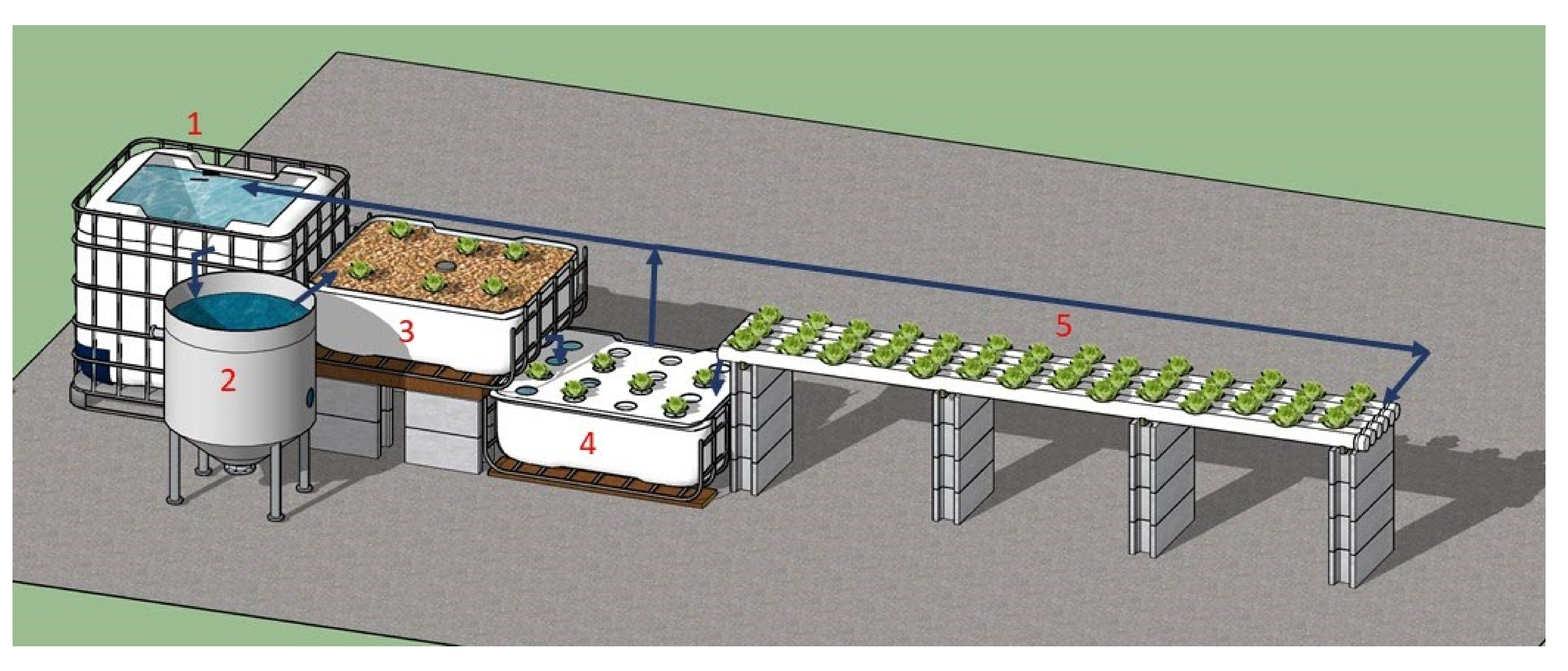
Building a Budget-Friendly Sustainable Aquaponic System
Dreaming of fresh, homegrown food without breaking the bank? Aquaponics, the symbiotic marriage of aquaculture (raising fish) and hydroponics (growing plants without soil), offers a sustainable and surprisingly affordable solution. This guide walks you through building your own aquaponic system on a budget, maximizing resourcefulness and minimizing environmental impact. Get ready to dive in!
Choosing Your System: Size and Style
The first step in building your budget-friendly aquaponic system is deciding on the scale and type. Beginners often find success with smaller, simpler systems that are easier to manage. A media bed system, using gravel or clay pebbles as a growing medium, is a great starting point due to its relative simplicity and affordability. Avoid buying expensive pre-fabricated kits initially; focus on repurposing materials. A simple 50-gallon system can provide a satisfying harvest of leafy greens and a small number of fish.
Sourcing Materials: Repurposing for Savings
The key to budget-friendly aquaponics lies in resourcefulness. Repurposing existing materials is crucial. Your fish tank? Consider using a large, food-grade plastic storage bin, a recycled IBC tote (Intermediate Bulk Container), or even a repurposed bathtub. This dramatically cuts down on initial costs. For the grow bed, use readily available materials like plastic tubs, a wooden pallet (ensure it's food-safe and properly treated!), or even repurposed plastic pipes arranged to create a vertical system. Remember to carefully seal any potential leaks.
Finding Your Grow Media
The grow media, the material your plants' roots will grow in, should be inert and provide good drainage and aeration. Avoid buying specialized media initially; inexpensive options abound! Clean river gravel, lava rock, or even clay pebbles from a gardening center (often on sale) work perfectly well. Before use, thoroughly rinse your chosen grow media to remove any dust or debris.
Building Your System: A Step-by-Step Guide
Once you have your containers and grow media, the assembly is relatively straightforward. First, prepare your chosen fish tank with water and an air pump (essential for oxygenation). Next, set up your grow bed above or beside the fish tank. Ensure a reliable method for siphoning the water from the fish tank to the grow bed and back again, facilitating nutrient-rich water circulation. This can be as simple as using a submersible pump and PVC pipes. Finally, carefully plant your chosen seedlings into the grow media. Start with fast-growing, easy-to-manage plants like lettuce or basil.
Essential Equipment on a Budget
While sophisticated equipment isn’t strictly necessary, a few key components will streamline your system:
- An air pump: Essential for fish health.
- A submersible pump: Circulates the water.
- PVC pipes and connectors: For building the water circulation system.
- A simple water testing kit: Monitors water quality.
Choosing Your Fish and Plants: A Symbiotic Partnership
The success of your aquaponic system hinges on the careful selection of compatible fish and plants. Begin with hardy, fast-growing species. Tilapia, goldfish, or even koi (depending on your system size) are good options for fish. For plants, opt for leafy greens like lettuce, spinach, basil, and mint. These plants are nutrient-hungry, efficiently utilizing the fish waste-converted nutrients. Always research the specific needs of your chosen species to ensure a thriving ecosystem.
Monitoring and Maintenance: The Key to Success
Regular monitoring of your system is essential. Keep a close eye on water parameters such as pH levels, ammonia, nitrite, and nitrate. Regular water changes are necessary to maintain healthy conditions. You should also regularly inspect the plants, removing any dead or diseased leaves, and providing supplemental lighting if needed, especially during winter months. With a bit of attention, your budget-friendly aquaponic system will reward you with fresh, healthy produce and the satisfaction of sustainable living.








No comments:
Post a Comment